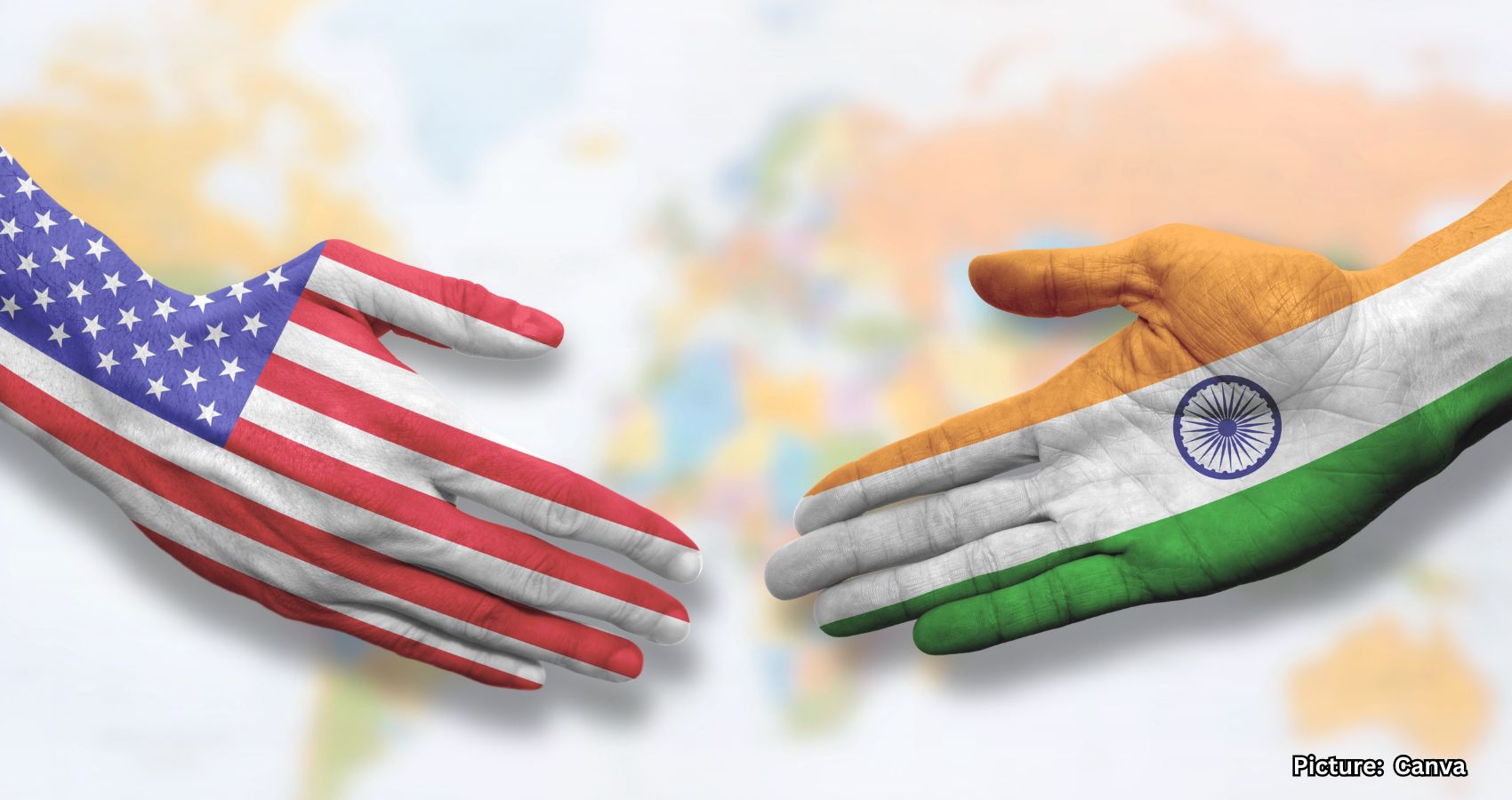India must actively engage U.S.-born Indian Americans through educational initiatives to maintain crucial ties that benefit both nations economically and culturally.
There is an urgent need for India to educate and actively engage U.S.-born Indian Americans. Educational institutions and philanthropists should collaborate to develop immersive study tours for college-aged Indian Americans that expose them to the true realities of modern India, including its religious diversity, complex democracy, and advanced technological landscape. Family trips to India often provide a narrow slice of the country and cannot substitute for a broader immersion experience. Without such initiatives, India risks losing the vast benefits it currently enjoys from its diaspora in the United States.
India is the world’s top recipient of remittances, receiving a staggering $135 billion from its diaspora in the last fiscal year, a significant portion of which comes from the United States. These remittances account for 3–4% of India’s GDP, directly supporting household welfare, rural development, and economic stability. Additionally, in 2023 alone, Indian Americans contributed over $1 billion in philanthropic donations.
However, the powerful impact of the Indian diaspora in the United States is at risk of fraying. If American-born Indian children do not develop a better understanding of and connection to modern India, India stands to lose not only vital economic support but also the diplomatic and technological linkages nurtured by a culturally engaged diaspora.
A 2024 survey by the Carnegie Endowment found that only 46% of U.S.-born Indian Americans communicate monthly with friends or family in India, compared to 71% of foreign citizens from India. Just 58% of U.S.-born Indian Americans watched Indian television or films in the past month, versus 77% of foreign citizens. From my two decades teaching in higher education—mostly at Cornell Law School—I have encountered virtually no Indian American students who demonstrated a nuanced understanding of India beyond its dance and food.
Today, approximately 5.2 million Indian Americans reside in the United States, with about one-third—approximately 1.8 million—born in the country. Without intentional efforts to nurture their connection to India, there is a legitimate concern that in 30 to 40 years, as the first generation of immigrants passes on, India may lose the extraordinary benefits its diaspora currently provides.
Moreover, a new cohort of immigrants may never replenish this loss, especially if U.S. immigration policies remain restrictive. Even if pathways remain open, many highly skilled Indians may choose not to move to the United States, finding increasing opportunities and prosperity at home.
Other diaspora communities have long recognized the necessity of engaging their second generations. A notable example is the Jewish diaspora, which funds 10-day heritage trips to Israel for young adults aged 18 to 26. This program, known as “Birthright Israel,” is sponsored by the Birthright Israel Foundation, whose donors subsidize participation. Founded in 1994 by philanthropists Charles Bronfman and Michael Steinhardt in partnership with the Israeli government, Birthright has attracted major donors such as Sheldon and Miriam Adelson, who contributed over $500 million.
By 2020, Pew Research estimated that around 25% of American Jews ages 18–46 had participated in Birthright. It is widely regarded as the most influential organization shaping relations between Israel and its diaspora. Over one million Jewish individuals worldwide have taken part in these heritage tours, with studies indicating that participants become more connected to and engaged with multiple domains of Jewish life after returning from the trip.
While both the Indian and Jewish diasporas in the United States are prominent, highly educated, and economically successful communities, they differ significantly. The connection of Jewish Americans to Israel is often ideological, religious, and institutional. Conversely, the connection of Indian Americans to India is primarily familial, cultural, and economic rather than ideological. This distinction is partly due to the greater diversity among Indian Americans in terms of religion, language, and political views.
Despite these differences, a fully funded immersion experience about modern India for Indian Americans can still be beneficial in strengthening their connections to India and enhancing their understanding of its role as a global power.
Although the Indian government has initiated a travel program called “Know India” for college-aged Indian Americans, some may be concerned that the Indian government would not provide an unbiased view of the country. Therefore, Indian American philanthropists, educational institutions, and community leaders must come together now to build and sustain heritage programs that genuinely engage the next generation. Without immediate, coordinated action, we risk watching the invaluable connection between India and its American-born diaspora unravel, along with the economic, diplomatic, and political benefits it brings.
The time to act is now. Indian American donors and institutions must invest in the future of this relationship by creating meaningful opportunities for young Indian Americans to discover and embrace their heritage. This should be done in a manner that presents the true marvels and complexities of modern India from a neutral perspective, incorporating robust educational and professional engagement elements. The future of the relationship between India and its diaspora depends on the choices we make today.
Source: Original article

